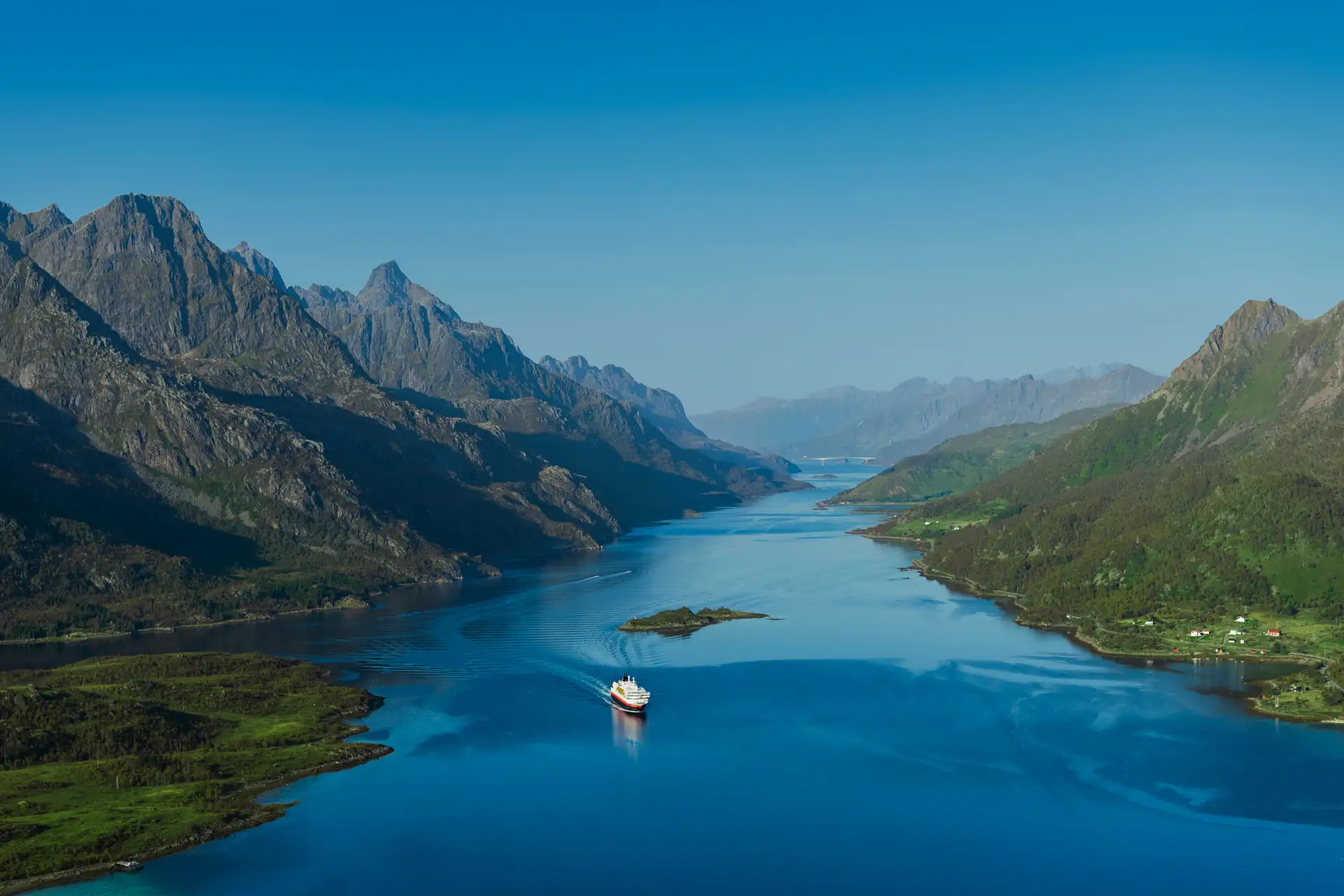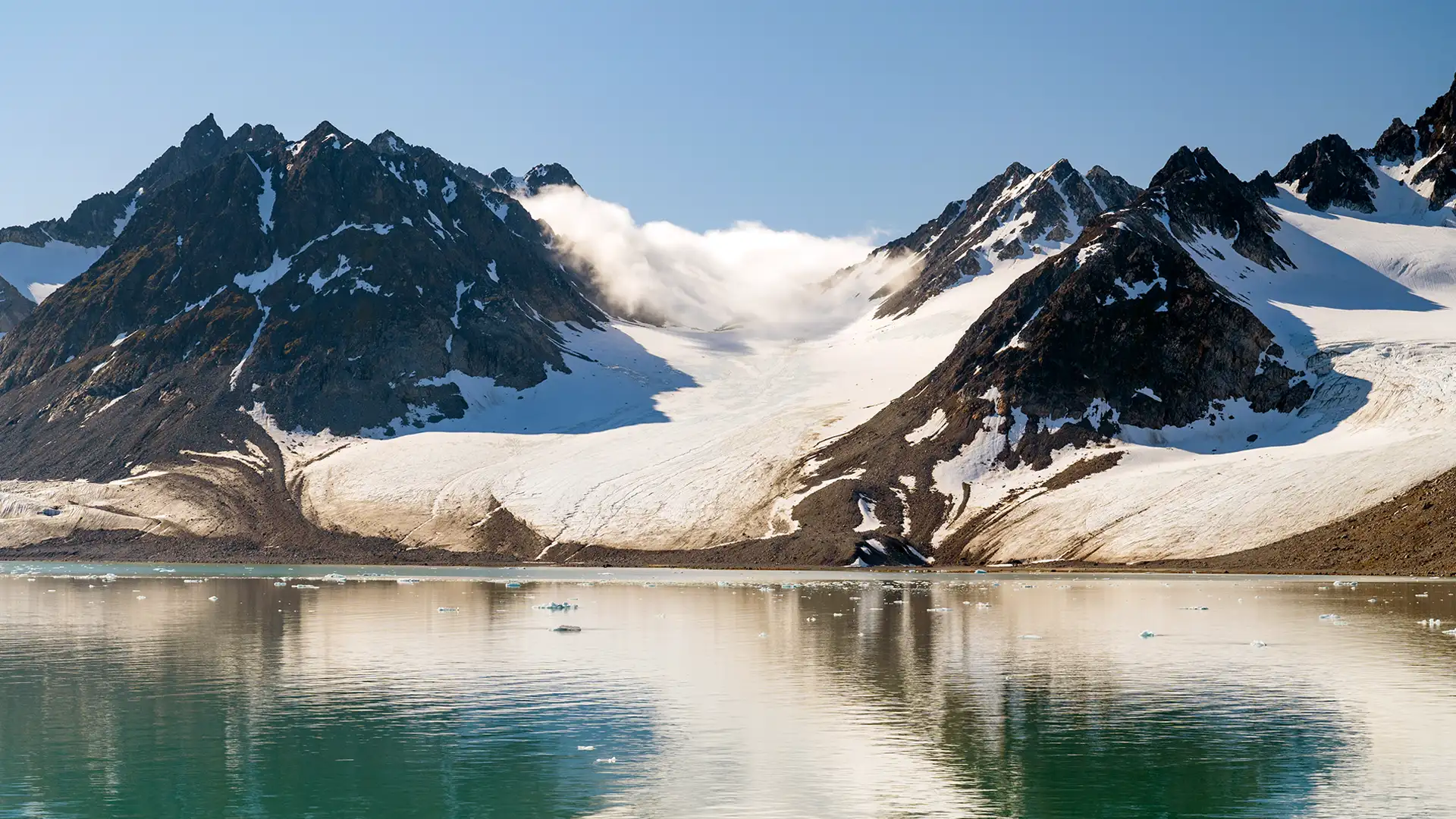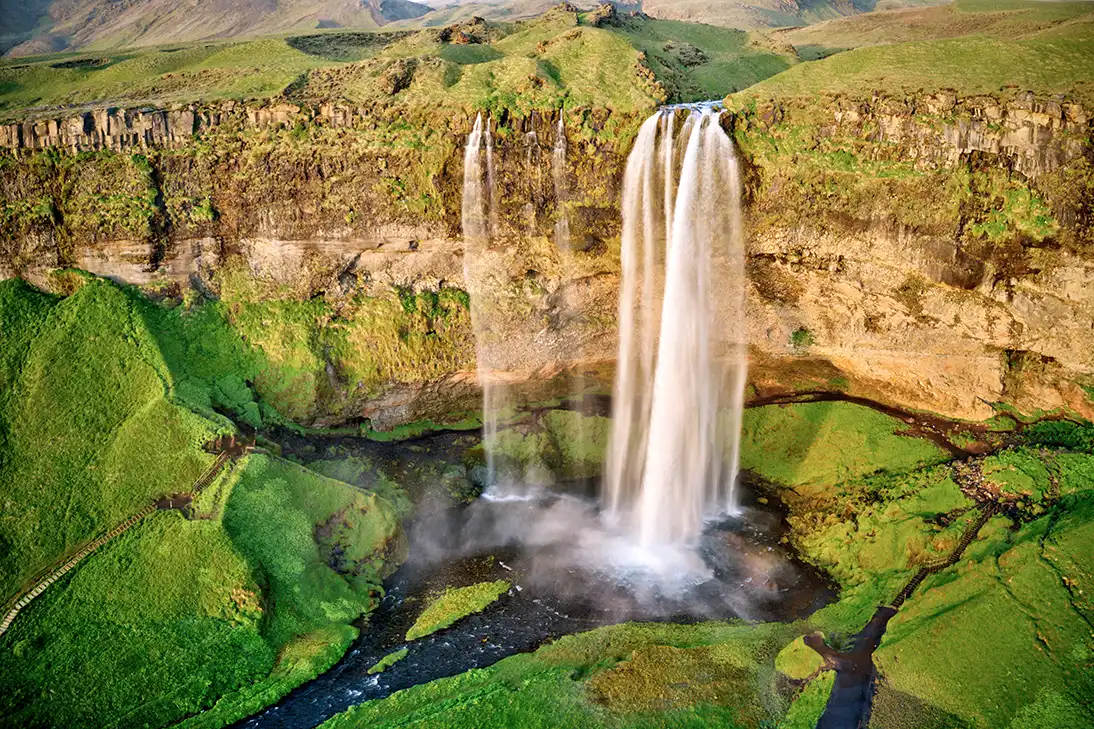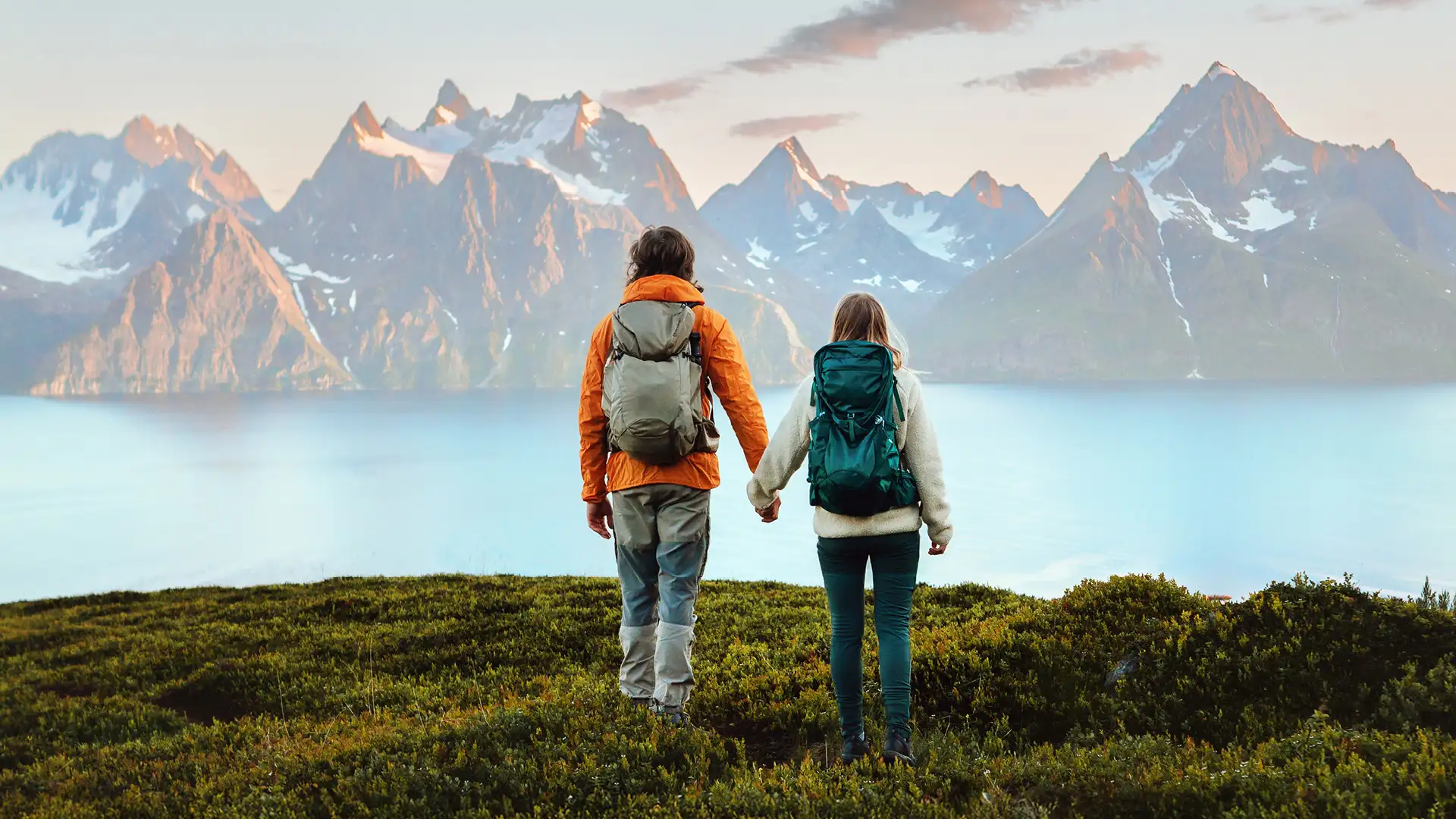Save up to €800 per cabin
Your Norwegian adventure for less, on selected departures through September 2026!
Our Voyages
There are two main ways to sail with us and experience the many wonders of the Norwegian coast.
All-inclusive food and drink to our top-handpicked destinations
Award-winning Norway’s Coastal Kitchen cuisine
Up to 14 ports, with several hours to fully experience each
Wide choice of inclusive drinks in the ships' restaurants and bar
Large Expedition Team on board for more guiding
Choose from The Svalbard Line, The North Cape Line, and The Hurtigruten from Hamburg
Our famous route connecting local communities since 1893
The original Coastal Express we founded over 130 years ago
Up to 34 diverse ports, with ten minutes to four hours in each
Regional Norwegian ingredients sourced as we sail
Travel like a local alongside Norwegians
Sail the roundtrip route or tailor your voyage
Customise your own port-to-port sailing along the Norwegian coast.
We offer regular departures from Bergen to Kirkenes and call at 34 ports.
The Hurtigruten Difference
Trusted since 1893
Over 130 years of knowledge, experience, and reliability.
Authentically Norwegian
Travel like a local as we welcome you to our home.
Norway's coastal kitchen
Award-winning cuisine, sourced where we sail.
Caring for the coast
Sustaining Norway's coastal communities for generations.
Small-ship sailing
Relax as we take you closer to the beauty of the coast.
Featured Voyages
Choose how you want to discover the Norwegian coast

Bergen – Kirkenes – Bergen (Roundtrip)
The Coastal Express
The original Norwegian coastal voyage – connecting fjords, towns & people since 1893
Regular departures
12 days
34 Places
Full board
- Guest Favourite

Bergen - Svalbard - Bergen (Roundtrip)
The Svalbard Line
All-inclusive Arctic cruise to Svalbard & back, with fjords, wildlife & Midnight Sun
May 2026 - September 2027
15 days
14 Places
All-inclusive
- We Recommend

Oslo - Honningsvåg - Oslo (Roundtrip)
The North Cape Line – Winter
All-inclusive winter cruise to Norway’s North Cape, chasing the Northern Lights
January 2026 - December 2027
15 days
13 Places
All-inclusive
Christmas on the Norwegian coast
Norway at Christmas is unlike anywhere else. Snow-dusted mountains and markets. Crisp air that clouds from your mouth. Twinkling lights along the shoreline. And if you’re lucky, a festive display from the Northern Lights.
Join us to experience the season where it’s at its most magical.

New Voyages
Set sail on our latest voyages
- Tour package

Oslo - Longyearbyen (Northbound)
Arctic Norway Frontier – Oslo, Fjords & Svalbard with cruise extension
80° North via one iconic train journey and two extraordinary sea voyages
May - August 2026
17 days
Full board
- Tour package

Helsinki - Kirkenes - Bergen - Reykjavik (Southbound)
Grand Nordic Adventure – Finland, Norway & Iceland
Escorted land & sea tour including fjords, Blue Lagoon & Snowhotel visit
June - July 2026
19 days
8 Places
Full board
- Tour package

Oslo - Trondheim - Bergen - Oslo (Roundtrip)
Sail and Rail Norway
Rail & sea adventure through central Norway on The Coastal Express & Dovre Line
Regular departures
5 days
8 Places
Half board
Join our 1893 Ambassador Programme
As a member of our 1893 Ambassador Loyalty Programme, you'll receive exclusive offers, benefits, discounts, and newsletters packed with inspiration.




